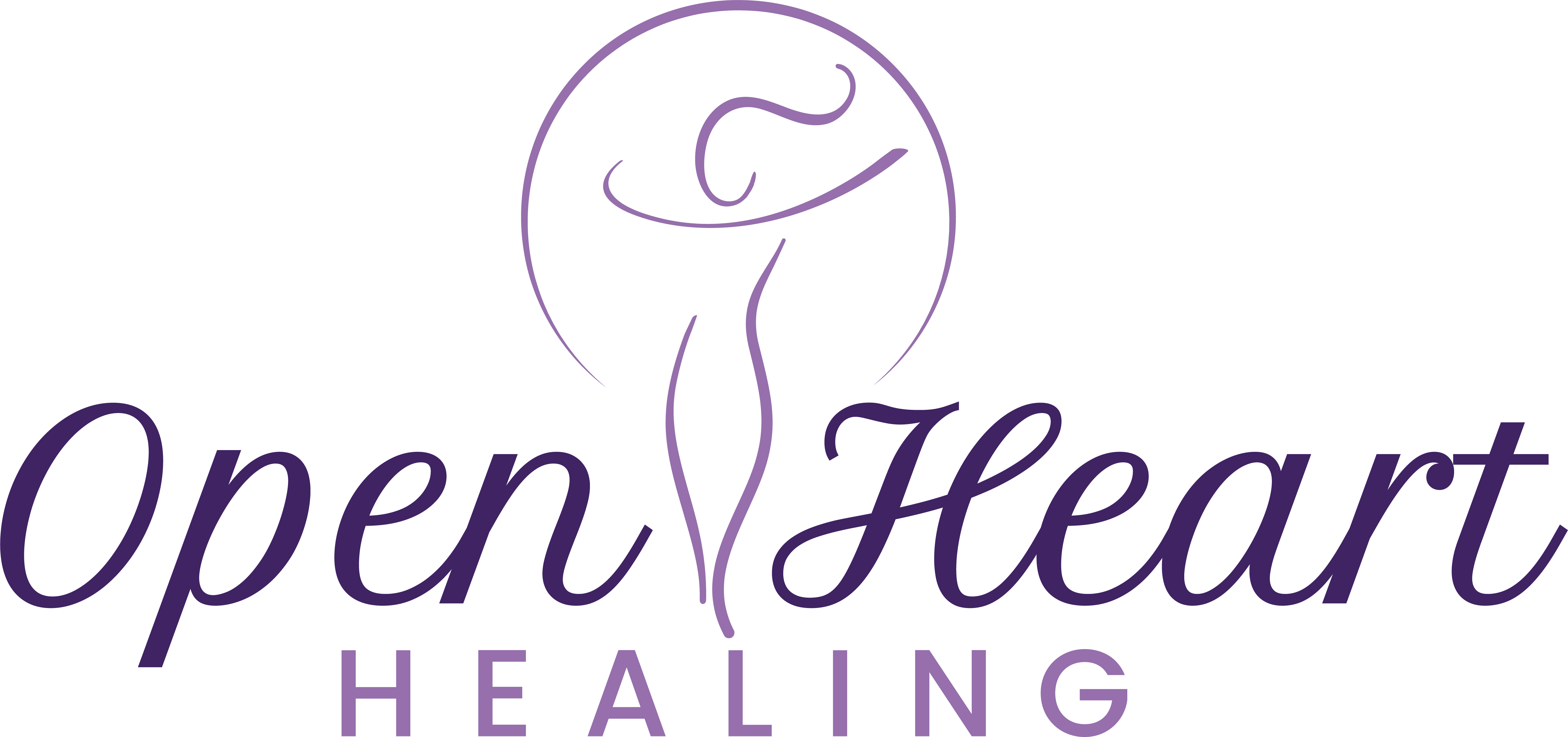I’m sharing here how I came to be in new relationship with anxiety and how you can too.
I’ve never thought of myself as an anxious person. In fact, most people who know me say how calm I always seem to be. The truth is I’ve perfected the art of looking calm on the outside while what’s inside can look like turbulent waters.
I so cleverly taught myself as a child how to disguise the part of me that was anxious and nervous. Besides the incessant habit of nail biting, I put on a pretty good act. I now look back to my 20’s and can see this as one of the reasons why I was drawn to yoga and meditation at this early age. I was seeking a way out of the angst, unconsciously of course. These practices gave me a temporary relief out of this state without the use of substances.
And yet still, when I’m in an expanded state I know my essence as calm and gentle.
This part of me in such angst was pushed underwater, invisible from the surface, but still there like the undercurrent of a rushing river – fearing that if I veered too far from the river’s banks the currents would wash me away. I was unconscious of all this. All I knew was that I needed to cling to the banks, and the practices I sought out and religiously engaged in became my tether to at least a surface level of calm. These calming, grounding self-care practices served me well in many ways and still very much do, not to mention how many people I’ve helped by teaching these skills.
This part of me that I’d kept tamed for so long eventually got triggered – a combination of the pandemic, my elderly mom’s decline, sibling discord, among other things. I could no longer avoid being pulled into the current of this low-grade anxiety. Sleep became a struggle. I developed an essential tremor.
So, what did I do? You guessed it. I turned to all my finely tuned tricks and tools in efforts to get rid of the anxiety, to push it away, to “heal” it, to shift it into something else. In the meantime, the shame bubbled up. The voice of “you need fixing” sprung forth. Not helpful at all.
The guidance I had been giving my clients and community of women, of embracing the unwanted, was not in the equation for me. Yet, if you’re in the business of serving others, then you know it’s always easier to see what others need than it is to see what you yourself need most.
Thanks to my coach, other teachers, and inner wisdom, the life rafts came together for me, so that I could once again safely and a little more gracefully flow along down the river.
What helped?
First, I began to simply recognize and acknowledge this part of me who felt anxious. I talked about it, which helped normalize my experience. In other words, I welcomed the nervous, anxious, vulnerable part of me. As teacher/author Jeff Foster says, “we invite the unwelcome to pull up a chair for a cup of tea.” I let her know I saw her and that I was here for her. I would not abandon her anymore.
Then, I let her have a voice. Like I do with so many of the various facets of me, especially the unwelcome ones, I sat her down for a dialogue in my journal. I gave her space to express herself by asking her questions like, “Why are you here?”, “How old are you?”, “What do you need?”.
I got curious about the anxiety and embraced it by letting it be there in my body and noticing how it was expressing itself. I breathed it in. I allowed it to expand even. Basically, I felt it. We invite the uncomfortable to express, to expand. Breathing greatly helps, but not necessarily with the intention to release it. Rather we breathe in the sensations to feel them, to acknowledge them. An image might appear. We might say, “Oh, hello anxiety. I see you.” It’s like making friends with the contraction.
I imagine your reaction might be – are you kidding? The last thing I want is to sit with my discomfort.
I know this sounds counterintuitive because our natural human tendency when we have unpleasant or even painful sensations in the body is to get rid of them, to do anything to make it go away. But in my felt experience the more we push anything away, the worse it gets. It just contracts more. We’re then abandoning our most vulnerable selves.
I compare it, although not quite, to my childbirth experiences. As long as I could keep telling myself that each contraction was purpose-driven pain, as long as I could embrace it, I could breathe through it and let the contraction do its thing, which was to eventually push out a new life.
The anxiety I sat down for tea with was very young. She’d been with me since childhood, developed at a chaotic time in my home as a way to protect herself, to feel accepted and seen. Without the anxiety she might have gotten herself into trouble which meant disapproval from her parents and teachers which meant death for my tender young nervous system.
Now that I’ve discovered this new relationship with the anxious part of me and am learning from her, she doesn’t have the grip on me that she once did. But to be clear, this is not a once and done process. It’s no quick fix and certainly is a process of uncovering the many layers that have built up over my life. However, I can at last let go of the river’s banks.
I simply need to remember to acknowledge her with, “Yes, I see you and we can work together through this.”
When we can welcome and befriend those parts of us that are contracted we empower ourselves with the skill to flow alongside them rather than them pulling us underwater. We’re no longer at the mercy of them. At the same time we’re turning towards these parts, like any good friend would do.
Here’s My Basic Process for Mild Anxiety or any other Contraction…not necessarily in this order
Recognize & Acknowledge – I see you
Welcome – Let’s get to know each other
Engage in Dialogue, whether in journal or through meditation or with a coach/therapist –
Why are you here? How old are you? What do you need?
Feel with Curiosity the sensations in the body, breathe and expand them – I’m with you
Accept – Let’s work together
Not only do I regularly use these practices for myself, but I bring this into my client and group work. I have seen major shifts when we allow space for this process, and because I know it so well, I feel confident in supporting my clients in working with their discomfort and difficult emotions.
Here are some resources that have made a difference for me:
For more information on dialoguing with these parts of you, I recommend Hal & Sidra Stone’s work called Voice Dialogue.
For more information on befriending yourself check out Matt Licata’s work.
And if you feel like you could benefit from 1:1 support and guidance with those parts of you that feel difficult to welcome, I’d be happy to schedule a complimentary discovery call with you. On the call, we’ll talk about where you’re at, where you’d like to be and how I might support you in your personal growth. E-mail karen@karentasto.com
Disclaimer: My work is not therapy and does not take the place of treating mental illness. For certain cases of severe or debilitating anxiety, I would advise you to talk to a licensed therapist. My experience I describe may not be like your experience, and this process may not be for you. I share with the intention of normalizing how anxiety can show up and sharing ways to work with uncomfortable feelings.

